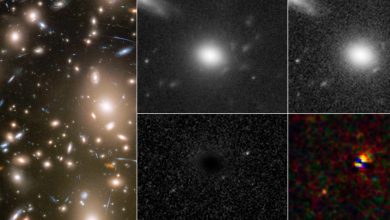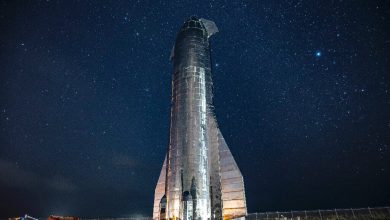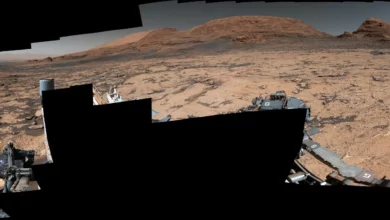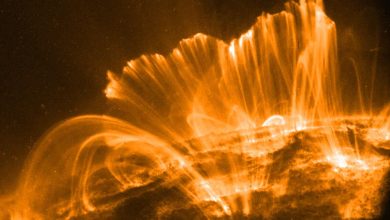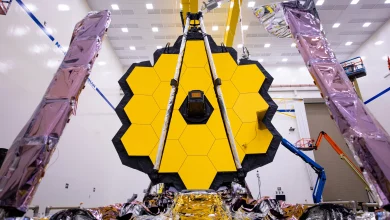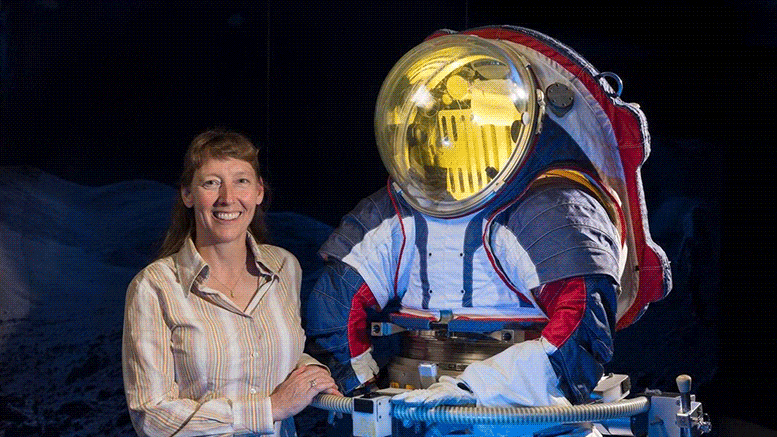
Women of the International Space Station Program’s workforce are trailblazers and contribute to the success of the orbiting laboratory in remarkable ways. From program management to research or mission integration, the numerous space station teams are rich with women engineers who work hard on the ground to ensure the seamless operation of the orbiting laboratory 250 miles above.
Introduce a Girl to Engineering Day was February 24, 2022, a day when NASA recognizes the contributions of women and seeks to inspire the Artemis Generation of girls and young women to pursue engineering careers and become the great innovators and problem-solvers of tomorrow. With the advancements and strides women have made in recent decades, NASA understands the need to empower women and aims to continue to inspire generations of women to come.
Meet some of the women of the International Space Station Program and learn about their journeys into engineering for NASA and the orbiting laboratory.
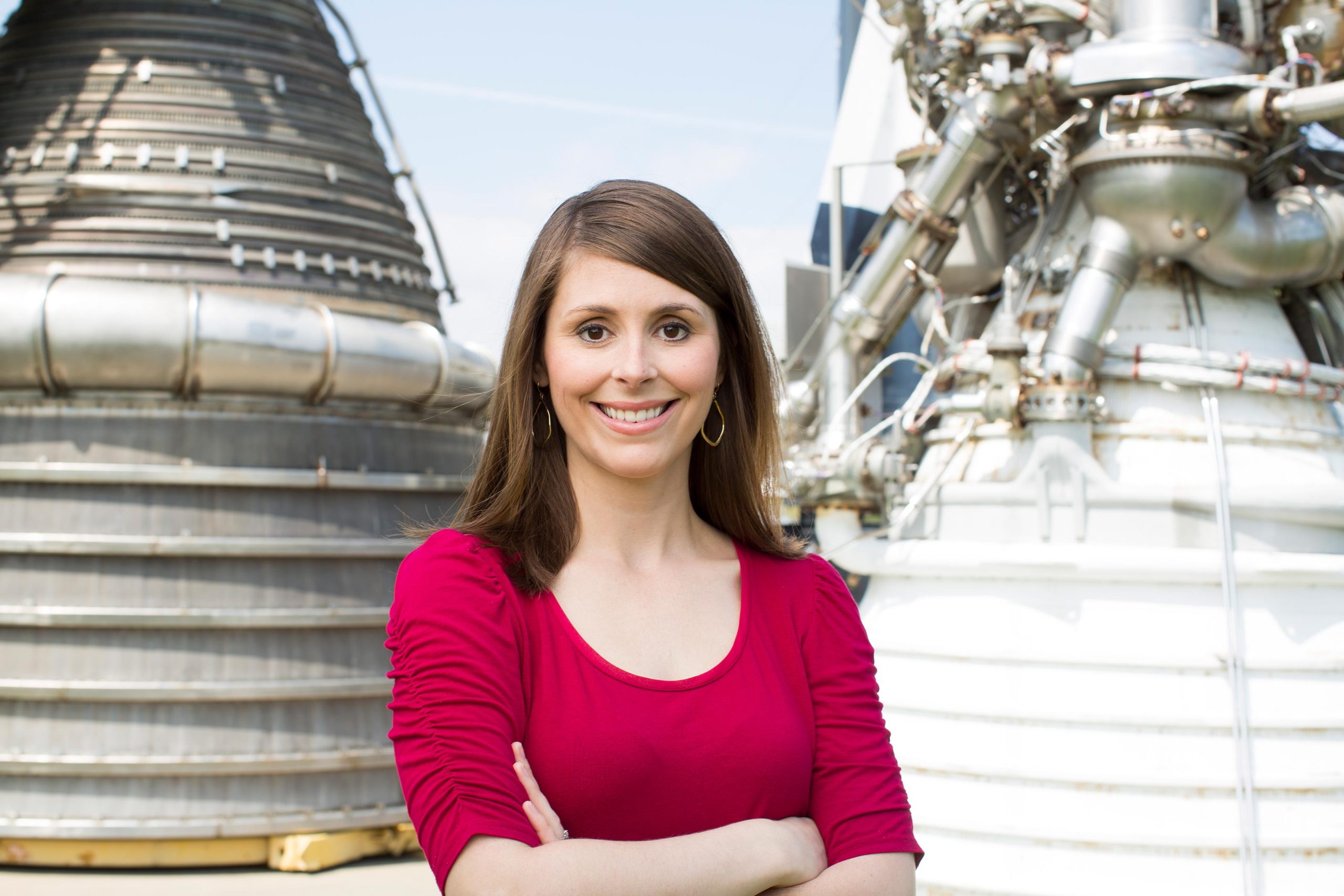
Rebekah Anchondo is a private astronaut mission (PAM) integrator within the International Space Station Program’s Commercial Integration Office. She holds a bachelor’s degree in aerospace engineering and master’s degree in systems engineering. She says, “You don’t have fit a certain mold to be an engineer. I was never the type of person to tinker with machines or build extravagant structures with toy blocks. However, I did love solving problems and doing puzzles, which is likely why I love the problem-solving aspect of engineering. The engineering industry is incredibly broad, and it is not ‘one size fits all.’ The important thing is finding a career that interests you and inspires you to come to work every day and solve problems.”
Anchondo ‘s 12-year International Space Station engineering career began through a college cooperative education (co-op) internship with a NASA contractor. During this time, she trained as a Space Shuttle Propulsion Systems Flight Controller. Three years later, after college, she began her full-time career as a contractor supporting NASA. In this role, Anchondo performed computer-aided design modeling and analysis of space station internal and external configurations, and did technical integration and trade studies on various configurations and enhancements for space station.
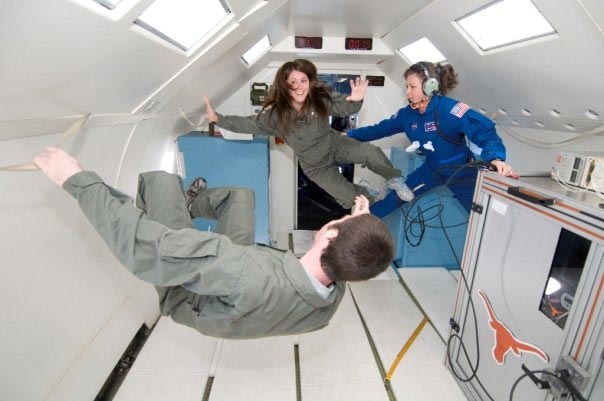
Numerous promotions, leadership positions, and unique engineering roles later, she was hired by NASA in 2019 to serve as the station’s vehicle configuration lead. In this position she performed and led systems engineering and integration assessments of future space station configurations and enhancements. She transitioned to her current role as private astronaut mission (PAM) integrator in fall 2021.
What inspired you to pursue engineering?
“Early in high school, my love for math pushed me in the direction of engineering. My mom encouraged me to participate in various engineering camps to explore the idea and help determine what type of engineering I may be interested in.
The most memorable experience was the Space Settlement Design Competition at NASA’s Johnson Space Center where we were grouped into teams of 40 students and tasked with designing a settlement on the Moon. I first participated as a sophomore in high school. By my senior year, I was president of my design team and had the honor of briefing our results to the panel of judges. This experience exposed me to the thrilling problem solving required in the aerospace industry. I loved the idea of helping explore the uncharted territory of space, especially via human spaceflight missions adding in the additional challenge of life support.”
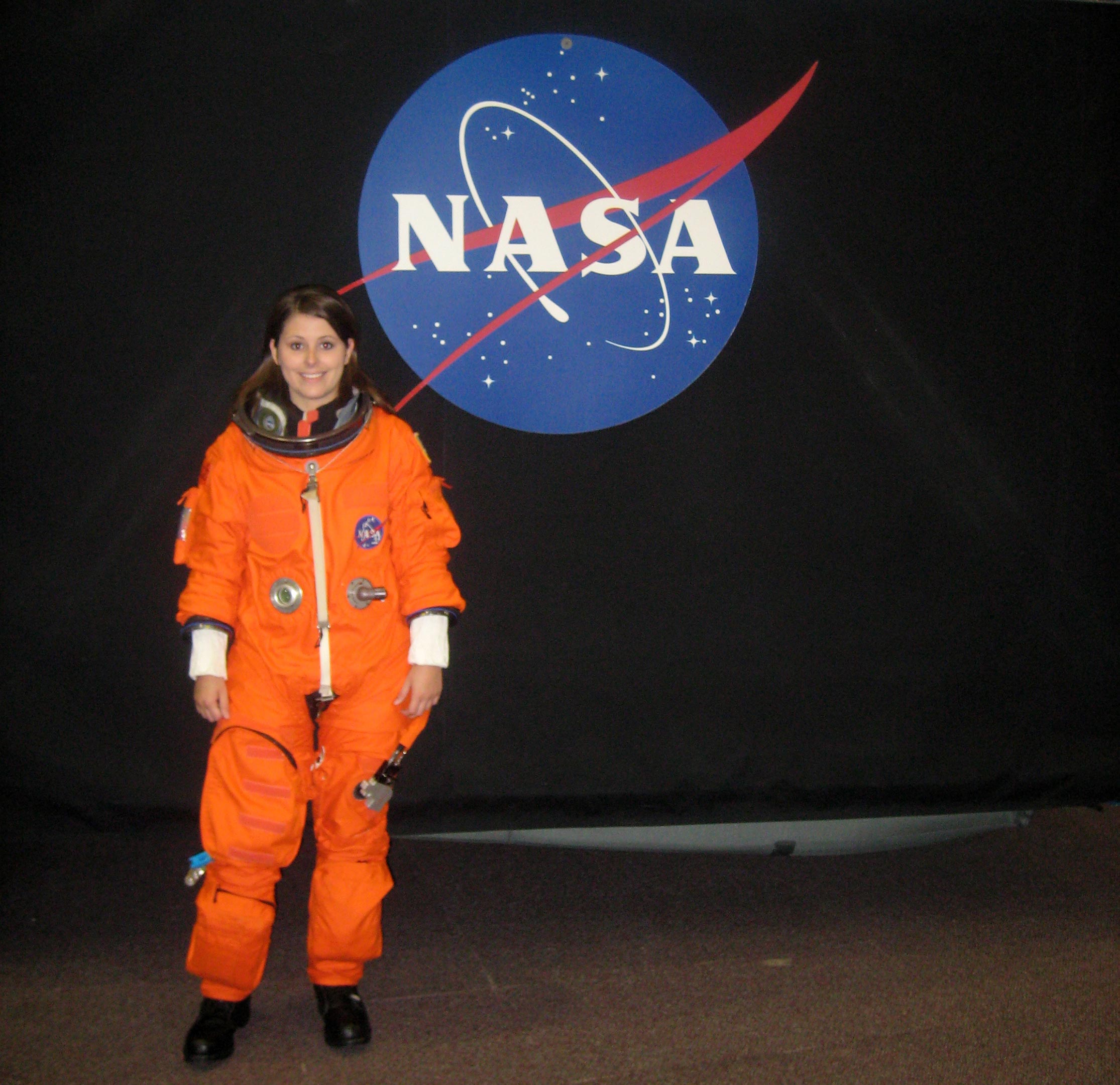
Anyone you look up to?
“I look up to my mom, Marilyn. My mom served as a role model when I was young, as well as now. She is a high school math teacher and one of the most brilliant women I know. She always put her best foot forward at work and was dedicated to seeing her students to succeed. Her dedication and love for her job inspired me to pursue a career that I love and enjoy.”
What advice would you give girls interested in pursuing engineering?
“Talk to people in different types of engineering roles. In high school I was interested in engineering due to my love for math but was not sure what type of engineering to pursue. By speaking to people in the petroleum and aerospace engineering industries, I was able to gain insight into examples of work that may be performed. Additionally, participating in engineering camps during high school gave me exposure to different aspects of engineering to further help me determine which speciality to pursue.”
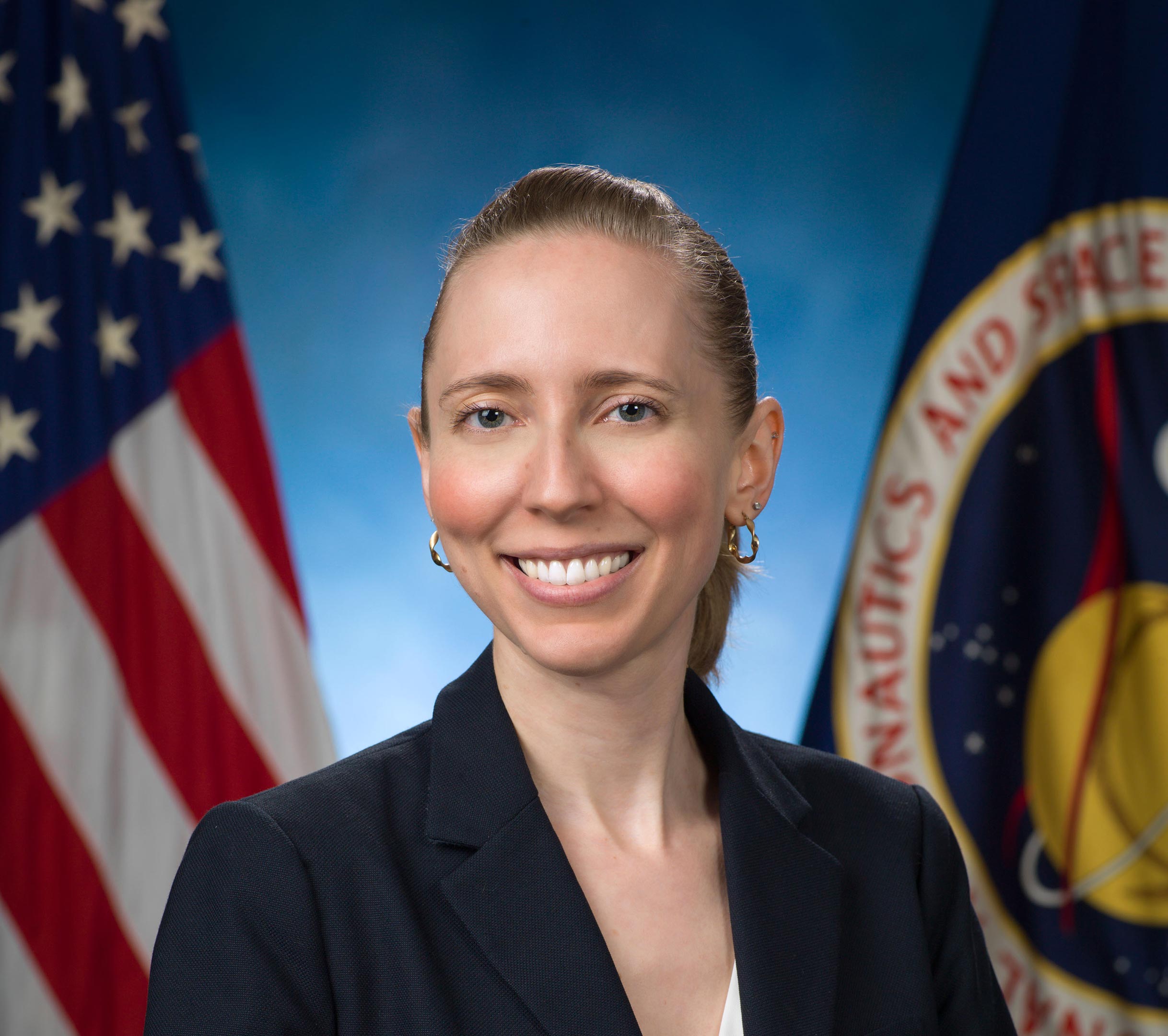
Suzanne Hansen is a Mission Evaluation Room (MER) manager within the International Space Station Program’s On-Orbit Engineering Office. She holds a bachelor’s degree in aerospace engineering. Her advice for girls interested in engineering? “Sometimes it may seem like you are the only one in your class or in a meeting that doesn’t understand what is being discussed. What I have learned is that usually if you have a question, others do as well. Don’t be afraid to raise your hand, pause the discussion and ask.”
Hansen began her NASA career in the International Space Station Program working for its prime contractor, The Boeing Co. (Boeing), first as a co-op student and then full time. She initially worked for the Vehicle Integrated Performance and Resources (VIPER) console in the Mission Control Center’s Mission Evaluation Room (MER) where she was responsible for developing plans to feather the space station’s solar arrays. This operation was developed to protect them from overloading and being contaminated during dynamic events such as vehicle maneuvers.
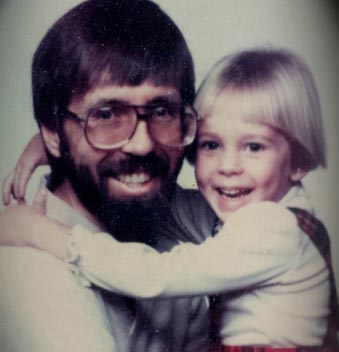
She became a space station Mission Evaluation Room (MER) manager, first for Boeing, and then as a NASA civil servant. She is responsible for leading a team of engineering disciplines that includes experts on every major International Space Station system. They work closely with the flight control team to diagnose and troubleshoot issues onboard the space station for everything from tablet computers to the life support systems.
What inspired you to pursue engineering?
“One of my favorite movies as a kid was Space Camp and I loved the thought of being involved in the space program. When trying to decide on a major for college, I saw aerospace engineering in the list. It seemed like the perfect fit, particularly when I saw the list of classes that I would be taking including orbital mechanics and mission design.”
Anyone you look up to?
“My dad is a huge part of why I became an engineer. When I was first learning math, I was easily overwhelmed and frustrated by new concepts and some of the simplest things didn’t make sense. My dad would sit down next to me and patiently explain it again and again — approaching it from different ways and constantly encouraging me to be creative and try a new approach to solving the problem. I use the methods he taught me to this day when approaching something new.”

Amy Ross is currently on a job rotation serving as assistant chief engineer for the International Space Station Program, her usual title is “lead advanced spacesuit pressure garment engineer.” She holds a bachelor’s degree in aerospace engineering, master’s degrees in systems engineering and space studies.
While Amy Ross has worked for NASA for 26 years, she’s been part of the NASA family well-before ever being officially hired. Growing up and around the space program, her father Jerry Ross is a seven-time space shuttle astronaut and mother, Karen, served as a manager for food and product support for the Space Shuttle Program as well as food processing for the International Space Station. Amy says, “I am a proponent of women in engineering. When I speak to groups of girls, and really any group of kids, I communicate two main things:
“You can work at NASA. You can contribute to human spaceflight. The first thing to do is set that goal and then work for it. It is a real job. People like you do the job. We come in all shapes and sizes from all kinds of places. One of my colleagues is from a small town in Kansas. She didn’t have the benefit, as I did, of knowing the people who worked at NASA first-hand as my neighbor, Sunday school teacher, etc. People in her community didn’t know that someone like her, from a little town like theirs could do it. She decided she would and she did.
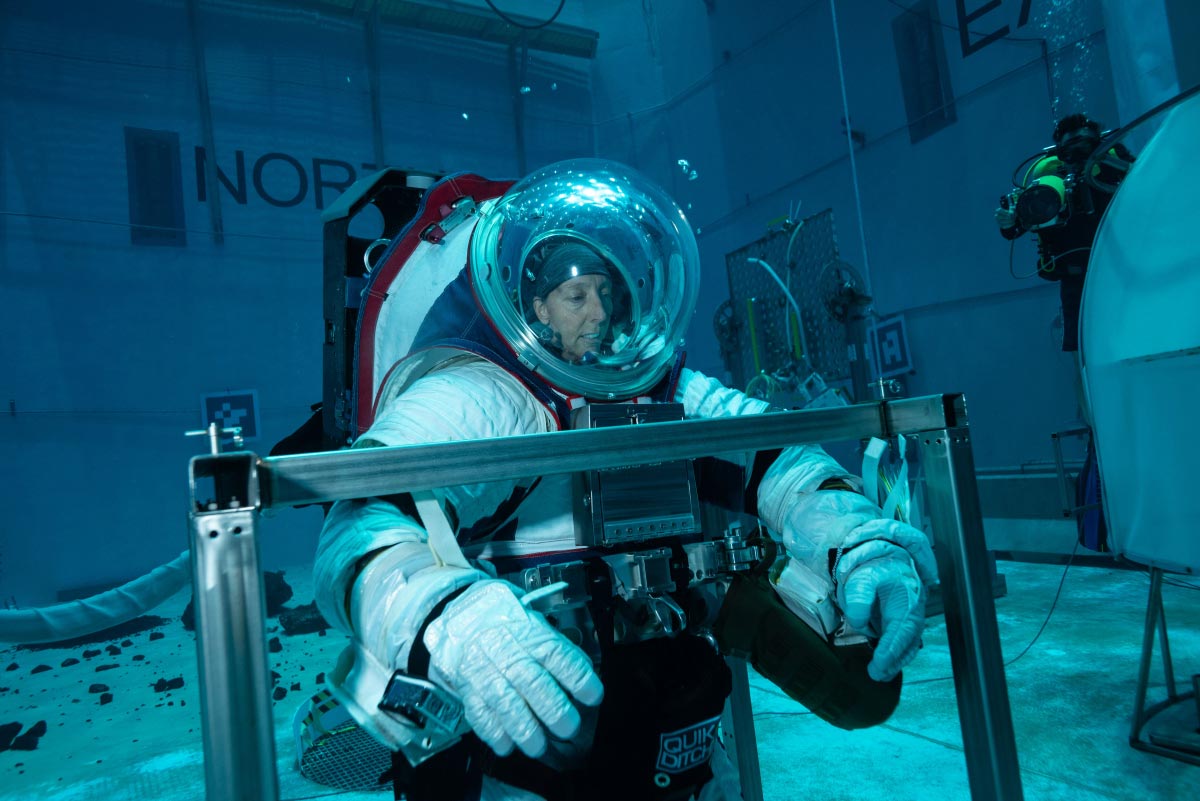
“It can sound out-of-reach because it’s intimidating. I share that I was not a math whiz in high school. I found English to be a much easier subject than physics, chemistry, or calculus. Hard work compensates for a lack of innate talent.”
The second thing Amy communicates is that there are a lot of different kind of jobs that you can do with an engineering degree. As a kid, it is hard to know what an engineer does. “Going into college, I didn’t know what an engineer did. I just knew that being an engineer was a path to work at NASA. I think a lot of kids are tentative about choosing engineering because they can’t see what they would actually be doing, or they think engineers sit in front of computers and design things all day. While some engineers do exactly that, other engineers test hardware, manage teams, train astronauts, etc. There are as many styles of engineers and their jobs as there are the people that do them. We also have accountants, lawyers, nurses, photographers, human resources people, and editors who work for NASA. Pick the path that makes sense for you.”
While this article cannot recognize all the great women engineers of the International Space Station Program, countless women have contributed to the assembly of the station, the research being conducted aboard, and operation on a daily basis which in turn, enables research that benefits us all here back on Earth.

